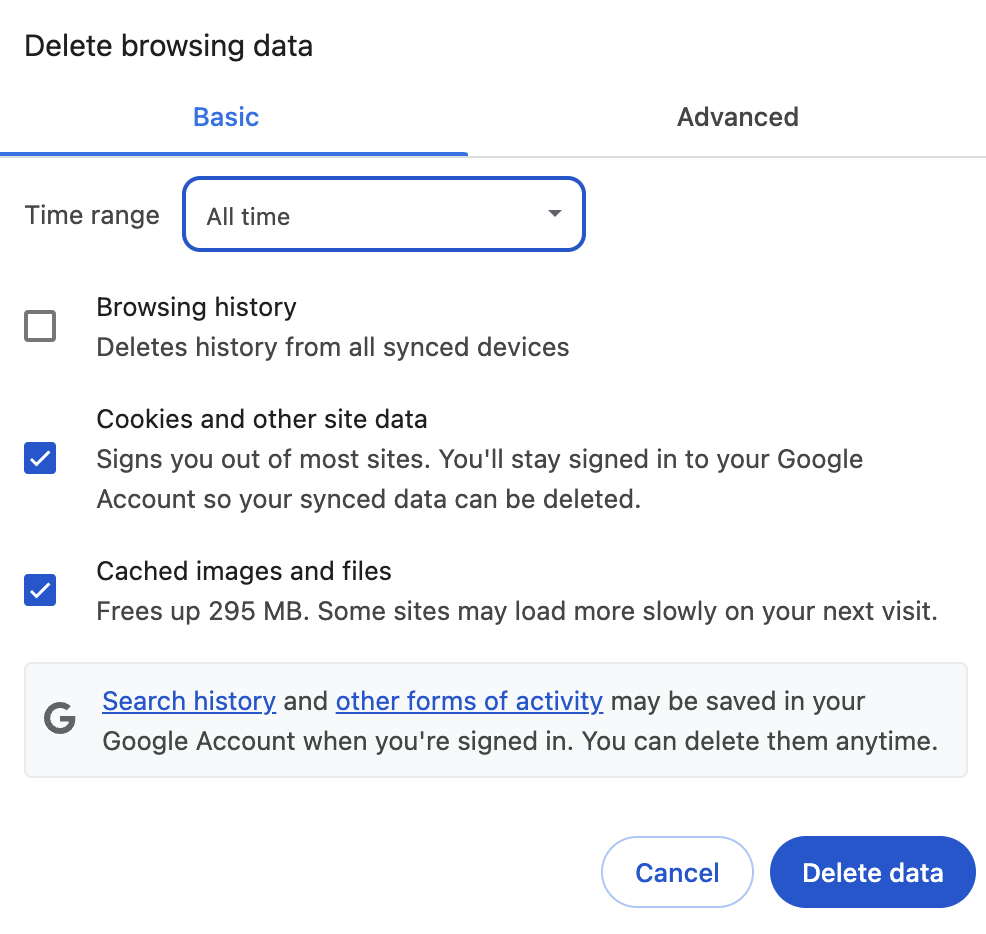n8n is a workflow automation platform that uniquely combines AI capabilities with business process automation, giving technical teams the flexibility of code with the speed of no-code.
In this article, you’ll learn how to create your own custom node in n8n using the official n8n-nodes-starter repo and explore real-world examples from the custom-n8n community repo.
n8n is a workflow automation platform designed with developers in mind. With its intuitive drag-and-drop interface and extensibility, you can connect APIs, databases, SaaS tools, and your own custom logic.
Highlights:
- 350+ prebuilt integrations
- Local or cloud deployment
- JavaScript support inside workflows
- Custom node creation support
Even though n8n supports many services, you might want to build a custom node when:
- You need to connect to a proprietary or internal API
- You want to simplify reusable code logic across workflows
- You want to customize input/output UI
- You need tighter control over authentication or error handling
Let’s start by creating a simple node from scratch.
1. Clone the Starter Template
git clone https://github.com/n8n-io/n8n-nodes-starter.git
cd n8n-nodes-starter
npm install
export class HelloWorld implements INodeType {
description: INodeTypeDescription = {
displayName: 'Hello World',
name: 'helloWorld',
group: ['transform'],
version: 1,
description: 'Returns a simple greeting',
defaults: { name: 'Hello World' },
inputs: ['main'],
outputs: ['main'],
properties: [
{
displayName: 'Name',
name: 'name',
type: 'string',
default: 'World',
},
],
};async execute(this: IExecuteFunctions): Promise {
const items = this.getInputData();
const returnData = items.map((_, i) => ({
json: { message: `Hello, ${this.getNodeParameter('name', i)}!` },
}));
return [returnData];
}
}
npm run build
npm link
cd /your-local-n8n-folder
npm link n8n-nodes-starter
To explore advanced real-world use cases, let’s look at akpenou/custom-n8n, a community repo with a diverse collection of custom-built nodes.
This node integrates with Firebase to push and fetch documents from Firestore.
admin.initializeApp({
credential: admin.credential.cert(serviceAccount),
});const doc = await admin.firestore().collection('users').doc(userId).get();
✅ Use Case: Automate user data reads/writes between Firestore and other tools like Slack or email.
- Update the
package.jsonto match your details. - Run
npm run lintto check for errors ornpm run lintfixto automatically fix errors when possible. - Test your node locally. Refer to Run your node locally for guidance.
- ❗ Validate inputs with constraints
- 🔐 Avoid hardcoded credentials — use n8n’s credential management
- 📚 Add clear display names and descriptions to improve UX
- 🧼 Sanitize data from untrusted sources
- 🧩 Split logic into helper functions when complex
To scale n8n for production workflows, you can deploy it on Google Kubernetes Engine (GKE) with persistent storage, HTTPS via Ingress, and autoscaling support.
Google Cloud’s official guide walks through setting up n8n on GKE using Docker, Cloud Storage, and Workload Identity — perfect for secure, AI-enabled automation at scale.
📘 Read the full deployment guide here →
n8n’s custom nodes give you the power to integrate anything — from simple data formatting to full-fledged APIs and headless browsers. Whether you’re building one-off tools or reusable packages, the community ecosystem is growing fast.
Also, You can seamlessly combine your custom nodes with Google Cloud services such as BigQuery, Cloud Storage, and Pub/Sub using n8n’s built-in integrations.
Source Credit: https://medium.com/google-cloud/how-to-add-a-custom-node-in-n8n-for-gcp-integration-a-practical-guide-b9d8ffaddf20?source=rss—-e52cf94d98af—4




